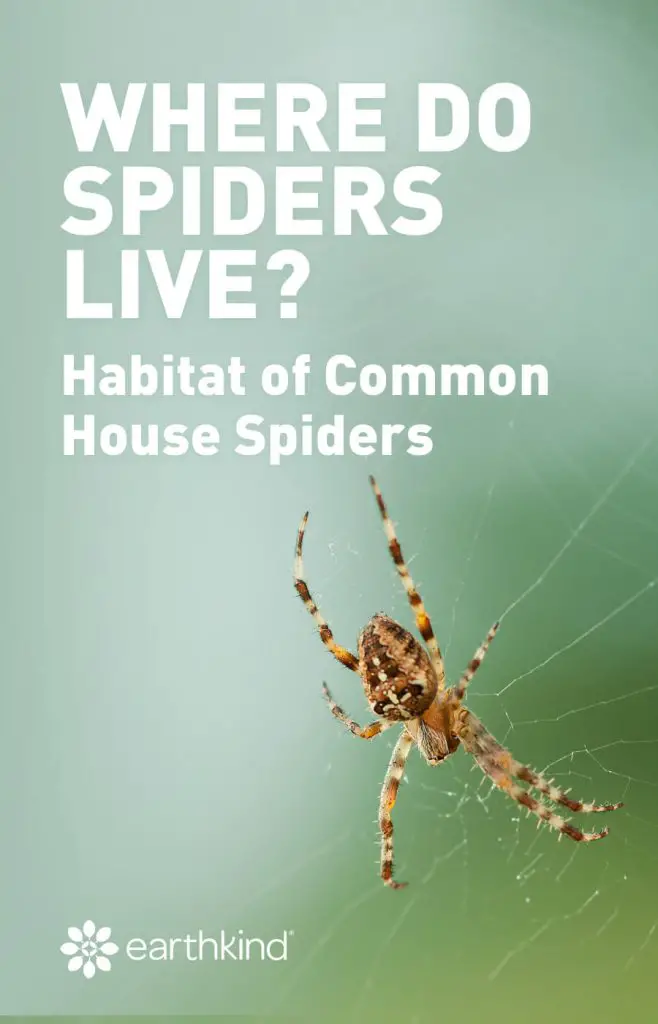Have you ever wondered “where do spiders hide?” Many people are surprised by the number of spiders they find in their homes, leading them to ask this very question. Spiders are masters of concealment and can be found in a variety of places. From the dark corners of your home to the lushest of gardens, spiders can be found almost everywhere. In this article, we will uncover the mysterious world of spiders and explore the unique places they choose to hide.
Types of Spiders
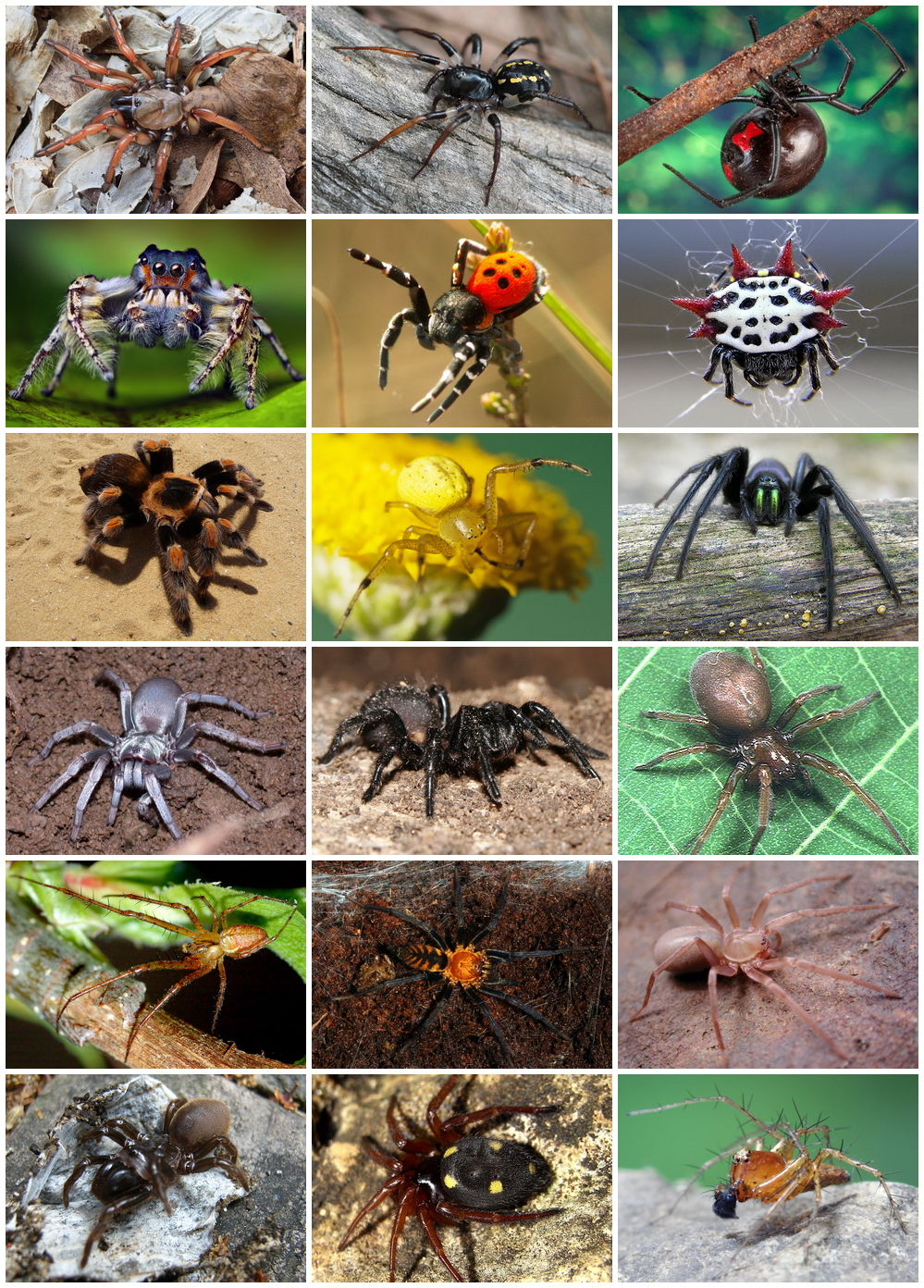
- Wolf spiders
- Jumping spiders
- Trapdoor spiders
- Funnel-web spiders
- Tarantulas
- House spiders
- Mole spiders
- Cobweb spiders
- Crab spiders
- Lynx spiders
- Sac spiders
Spiders are arachnids, with eight legs and two body segments. They have a wide variety of shapes and sizes, and a diverse range of habitats and behaviors. The most common types of spiders found around the world include wolf spiders, jumping spiders, trapdoor spiders, funnel-web spiders, tarantulas, house spiders, mole spiders, cobweb spiders, crab spiders, lynx spiders, and sac spiders.
Habitats of Spiders
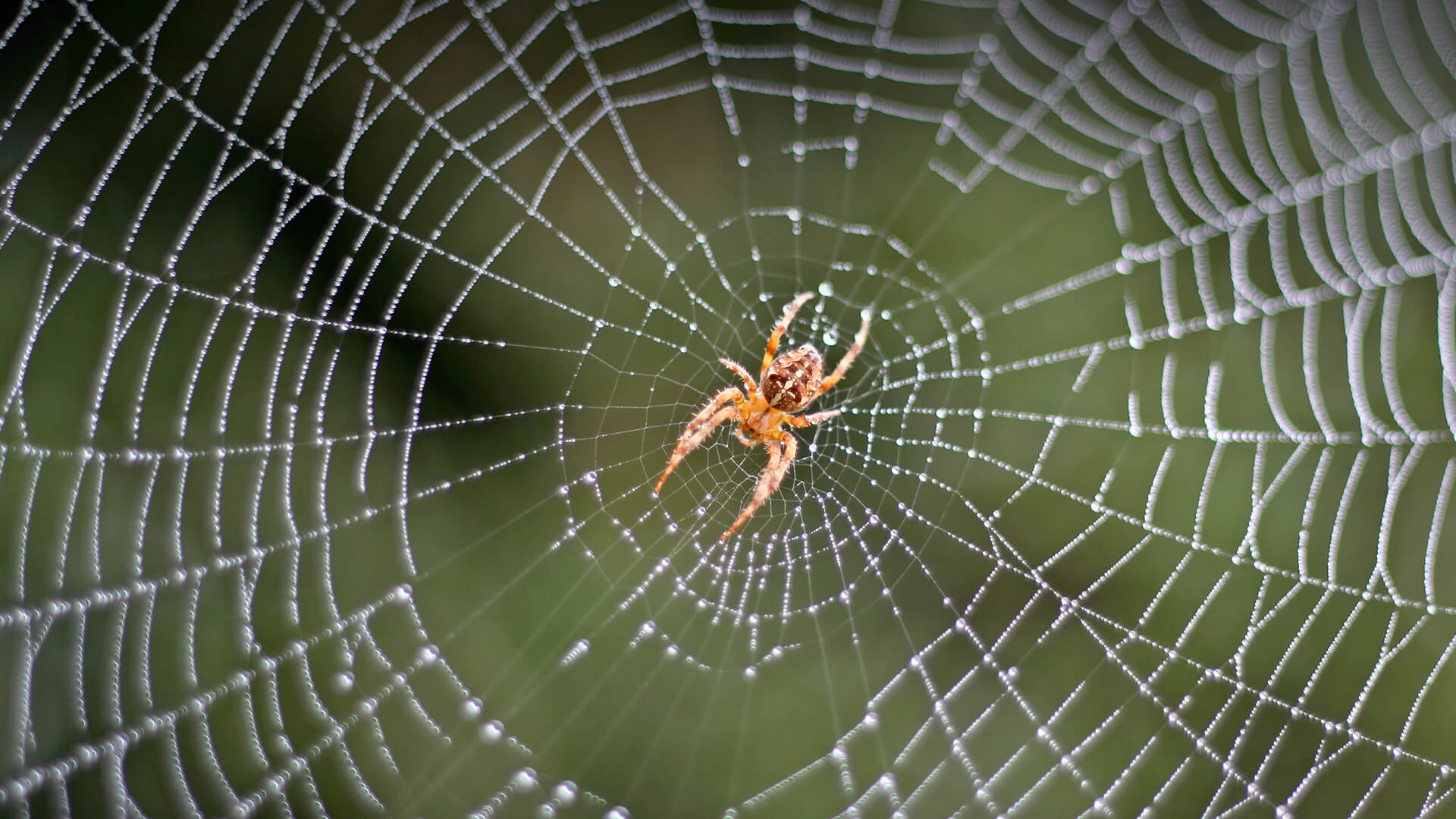
Spiders are found in nearly every habitat on Earth that contains insect life. This includes deserts, rainforests, and even the Arctic Circle. Indoors, they live in houses and other buildings, as well as in barns, sheds, garages, and other outdoor structures. Spiders can also be found in crevices, cracks, and other dark places. In nature, they live in trees and shrubs, under rocks and logs, in burrows and webs, and in caves. They can also survive in bodies of water, such as rivers and ponds. Spiders are able to adapt to nearly any type of environment, and as a result, they can be found on every continent except Antarctica.
Common Places Spiders Hide
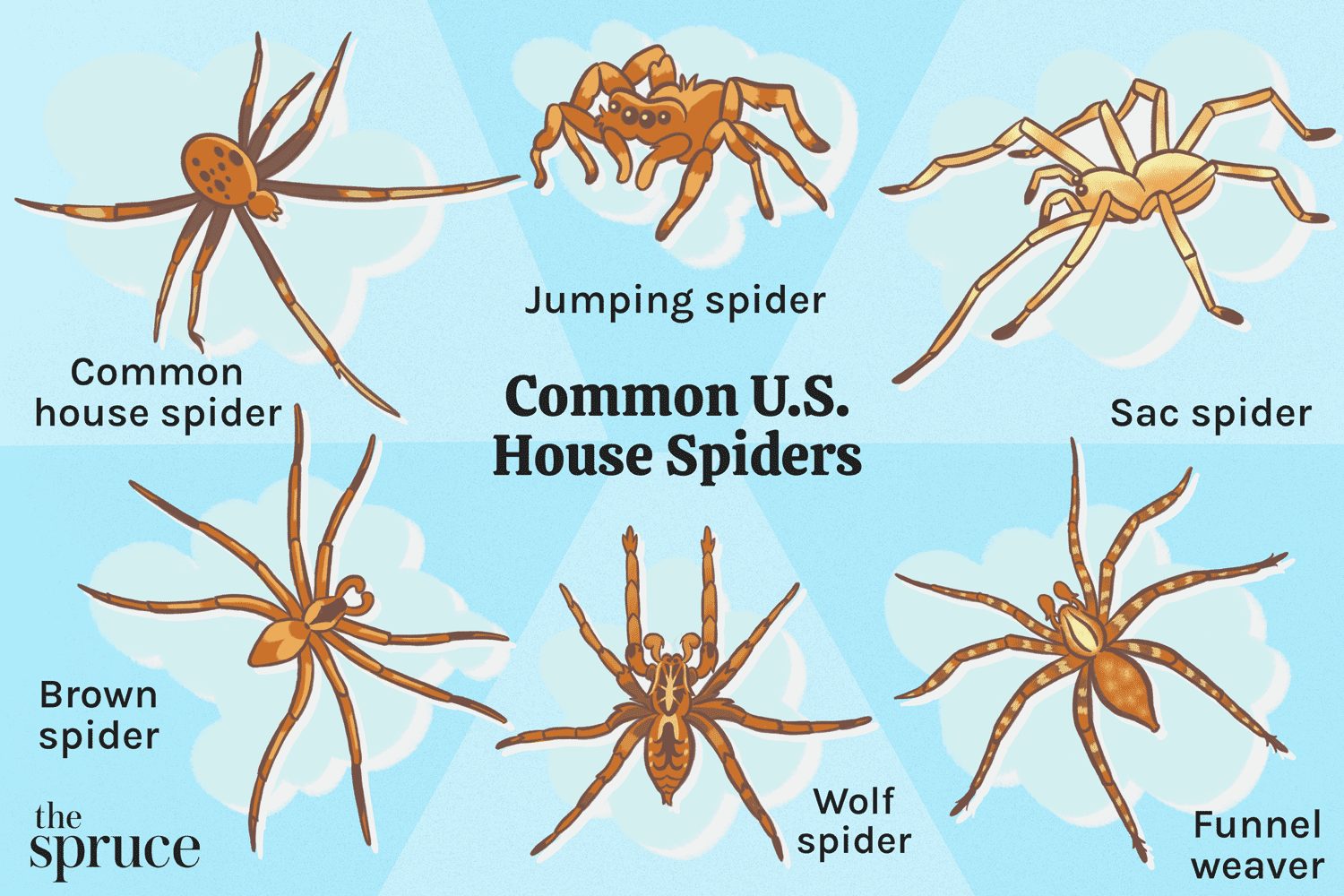
Indoors
Spiders typically hide in dark, undisturbed areas of the home such as closets, basements, attics, and crawl spaces. They may also hide behind furniture, behind curtains and draperies, or in clothing and bedding.
Outdoors
Spiders often hide under rocks, logs, and leaf litter. They may also take refuge in outdoor buildings such as sheds, garages, and barns. Spiders can also be found in corners, under eaves, and in shrubs and trees.
Spiders That Hide in Unusual Locations
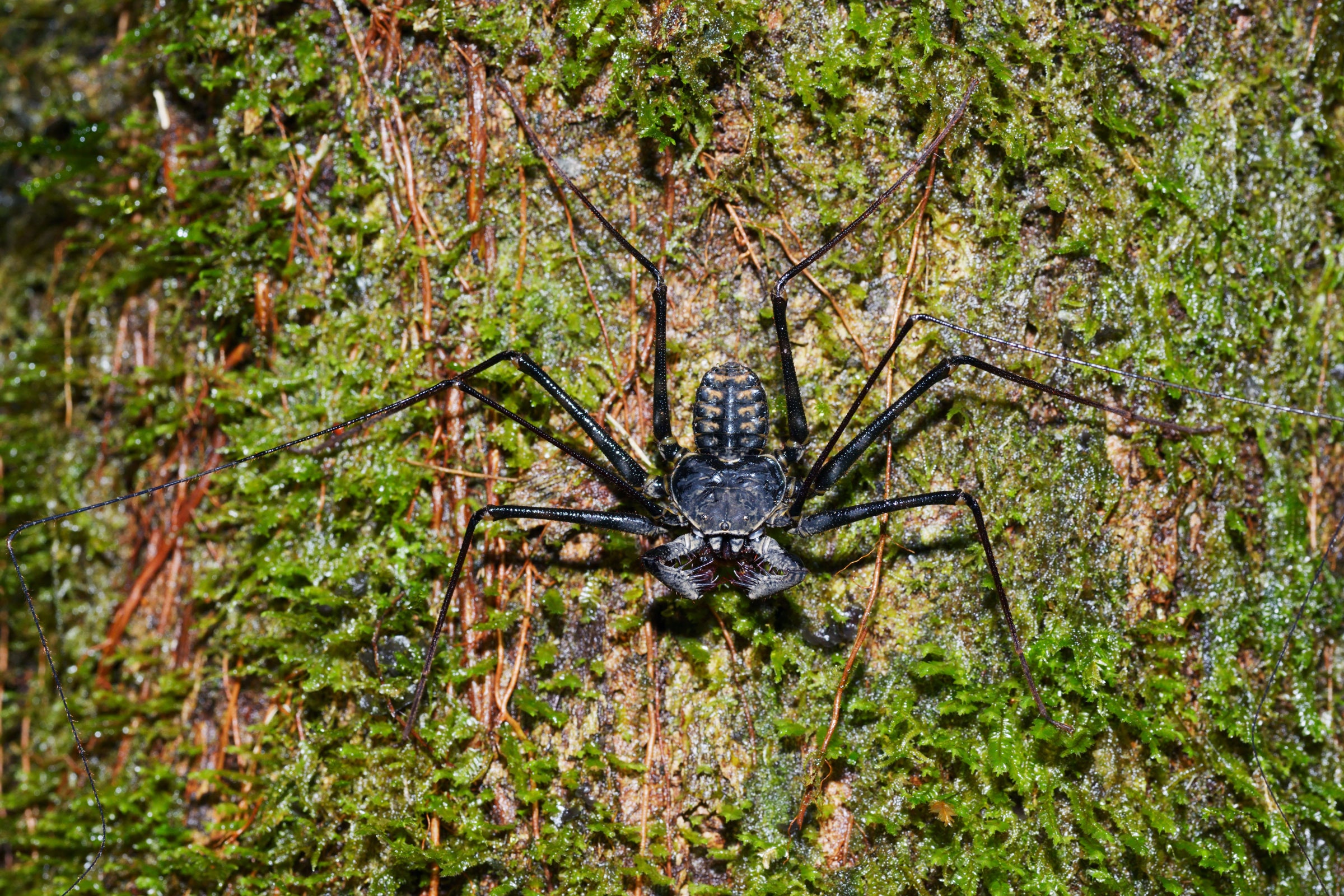
Spiders are known for their excellent hiding skills, and they can be found in the most unexpected places. Some species have evolved to favor unique habitats, while others have adapted to blend into the environment in order to evade predators.
One species of spider, the cellar spider, will often hide in basements, crawl spaces, and other dark places. They are well-adapted to survive in these humid, dark environments, and they often weave webs in the corners of these spaces.
The wolf spider is known for its ability to camouflage itself, and it often hides in leaf litter, rocks, and crevices. These spiders are extremely fast, and are not easily spotted by predators.
Jumping spiders are adept at hiding in tight spaces, and their small size allows them to fit into tiny crevices. They will often hide in cracks in walls, behind furniture, and even in cupboards and closets.
The tarantula is known for its large size, but it is also quite adept at hiding. These spiders often hide in burrows, beneath tree bark, and in crevices in rocks.
Finally, the brown recluse spider can often be found in dark, secluded areas such as attics, garages, and basements. They are well adapted to living in these areas, and can be difficult to spot.
Signs of a Spider Infestation
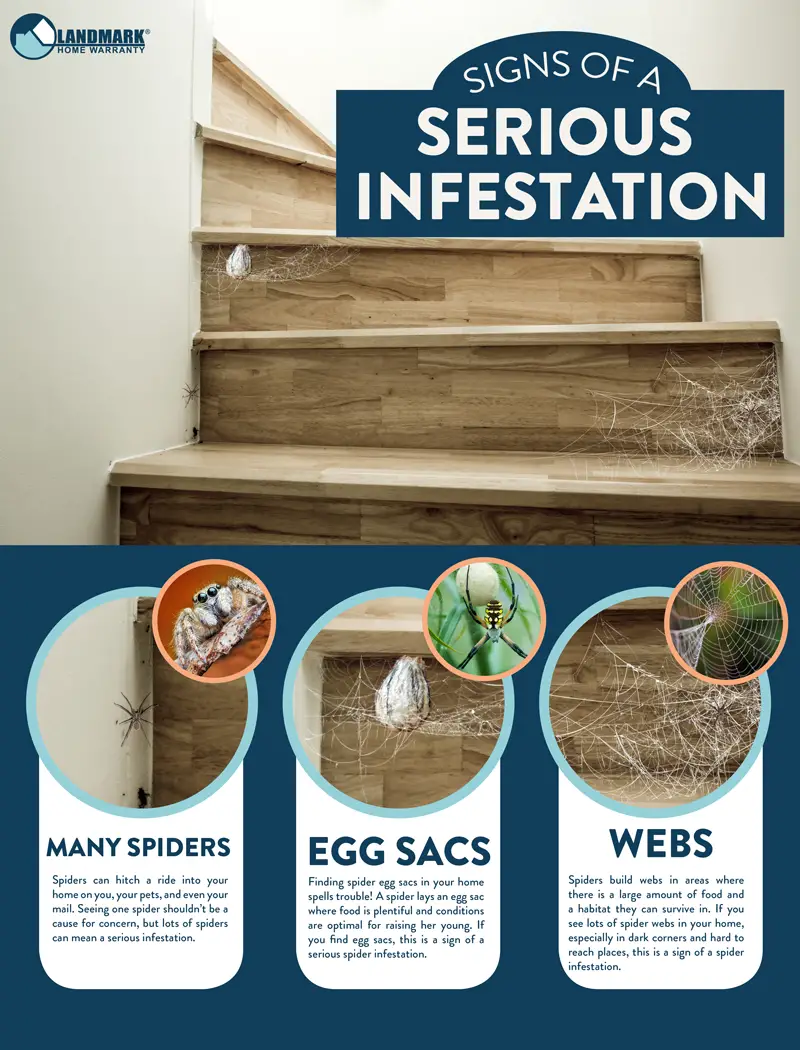
Spiders can be hard to spot, but there are some tell-tale signs that you may have an infestation. Look out for cobwebs in corners and around windows and doors, or in the attic or basement. If you notice many webs in a small area, this could indicate a spider infestation. You may also notice small holes, or tunnels, in walls or ceiling, where spiders can hide. Spider droppings and egg sacs are also a sign of an infestation. Droppings are usually small, round, and black, and can be found in areas where spiders may be hiding. Egg sacs are usually white, round, and made of silk. If you see any of these signs, it’s best to act quickly and take steps to remove the spiders from your home.
Professional Treatment to Rid Spiders
- Inspect the exterior of your home for access points, such as cracks, crevices, and gaps around doors and windows.
- Inspect the interior of your home for spiders, webs, and egg sacs.
- Apply a residual insecticide labeled for spiders to areas where spiders are likely to hide, such as baseboards, corners, and around windows and doors.
- Vacuum and dispose of any spiders, webs, and egg sacs.
- Seal off any access points to the exterior of your home with caulk or steel wool.
- Utilize sticky traps to monitor for spiders.
- Re-apply residual insecticide as needed to maintain effective control.
Preventing Spiders from Returning
The best way to prevent spiders from returning is to eliminate any potential food sources and nesting sites. This can be done by removing any clutter, such as cardboard boxes and old books, as these provide ideal hiding places for spiders. Keeping windows and doors tightly sealed can also help to prevent spiders from entering the home, as well as installing mesh screening over window and door frames. Regularly vacuuming and dusting, as well as clearing away cobwebs and spider webs, can also be effective in discouraging spiders from setting up residence. Chemical deterrents, such as insecticides, may also be used to keep spiders away. However, these should be used with caution and only in accordance with the manufacturer’s directions.
Frequently Asked Questions
What are some of the places spiders like to hide in the Home?
Spiders often seek dark, secluded places to hide, such as inside closets, cupboards, basements, attics, and crawl spaces. They may also hide behind furniture, inside shoes, and even behind curtains. Spiders also like to hide in warm and humid environments, such as under sink pipes or near water heaters. To protect your home from spiders, it is important to seal off any cracks, crevices, or openings that spiders may use to enter. Additionally, keep your home clean and free of clutter, as this can serve as a hiding place for spiders.
What are the Preferred Habitats of Spiders?
Spiders are typically found in dark, damp places, such as basements, sheds, garages, and other dark crevices. They prefer undisturbed areas, such as corners, behind furniture, and under carpets. Spiders also inhabit woodpiles, stone walls, and other outdoor locations. Many species of spiders make webs in trees, bushes, and corners of buildings. Some spiders even make webs in the corners of window frames, door frames, and other nooks and crannies of the home.
What types of spiders prefer to live in certain areas of the house?
Common household spiders, such as the daddy long legs, cobweb, and cellar spider, prefer to live in dark and damp areas, such as basements, closets, attics and sheds. Huntsman spiders and black house spiders generally prefer to live in warm, dry areas, such as around windows and doors, or in wall crevices. Wolf spiders and jumping spiders are often found in gardens and woodpiles, and sometimes enter homes in search of food.
How can I tell if there are spiders living in my house?
Look out for webs in corners and hard-to-reach places like ceiling corners, beams, and eaves. Inspect baseboards, furniture and other items that are rarely moved. Check boxes and cardboard containers stored in dark, damp places, such as the garage and attic. Look for egg sacs, which are round and fuzzy, often found in sheltered locations. If you see any of these signs, it’s likely there are spiders living in your space.
What can I do to prevent spiders from making their home in my house?
Regular housecleaning is the best way to keep spiders away. Vacuuming regularly, especially in dark corners and along the edges of carpets and furniture, can help remove spiders and their webs. Decluttering your home helps reduce the number of places spiders can hide and lay their eggs. Keeping windows, doors and other entry points closed as much as possible and thoroughly inspecting items brought into the house such as firewood and boxes also helps. Lastly, use a pesticide such as insecticide sprays or dusts to target spiders and their webs.
Conclusion
Spiders are mysterious creatures, hiding in many places including crevices, corners, and under logs and rocks. Spiders can also be found in their webs or in webs of other spiders. Spiders have adapted to their environment, and can be found in almost any habitat. Spiders are an important part of the ecosystem, helping to control insect populations. Knowing where spiders hide and live can help us to better understand these fascinating creatures.

